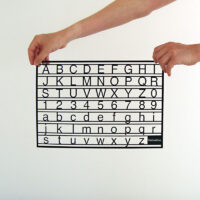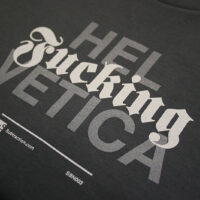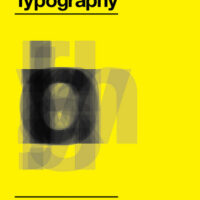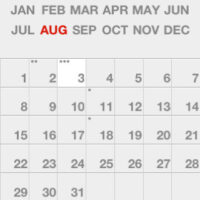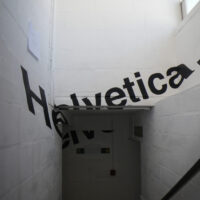Dan Pallotta writes that worry isn’t work, and that our attitude of self-punishment equalling responsibility is flawed.
We have to rethink what it means to work and to be productive. We have to disentangle self-hatred from responsibility, self-criticism from self-care.
What does re-thinking mean in this case? Start thinking of being hard on yourself as being irresponsible. Start thinking of wasting half of your brain power on fantasies about your own destruction as self-indulgent. Conflate self-negativity with laziness. Start thinking of time for yourself as being responsible. Start thinking of a healthy mid-day meal as essential to your productivity, time away from your desk as productive.
It also doesn’t hurt to find a job doing something that you love. They say you never work a day in your life.


